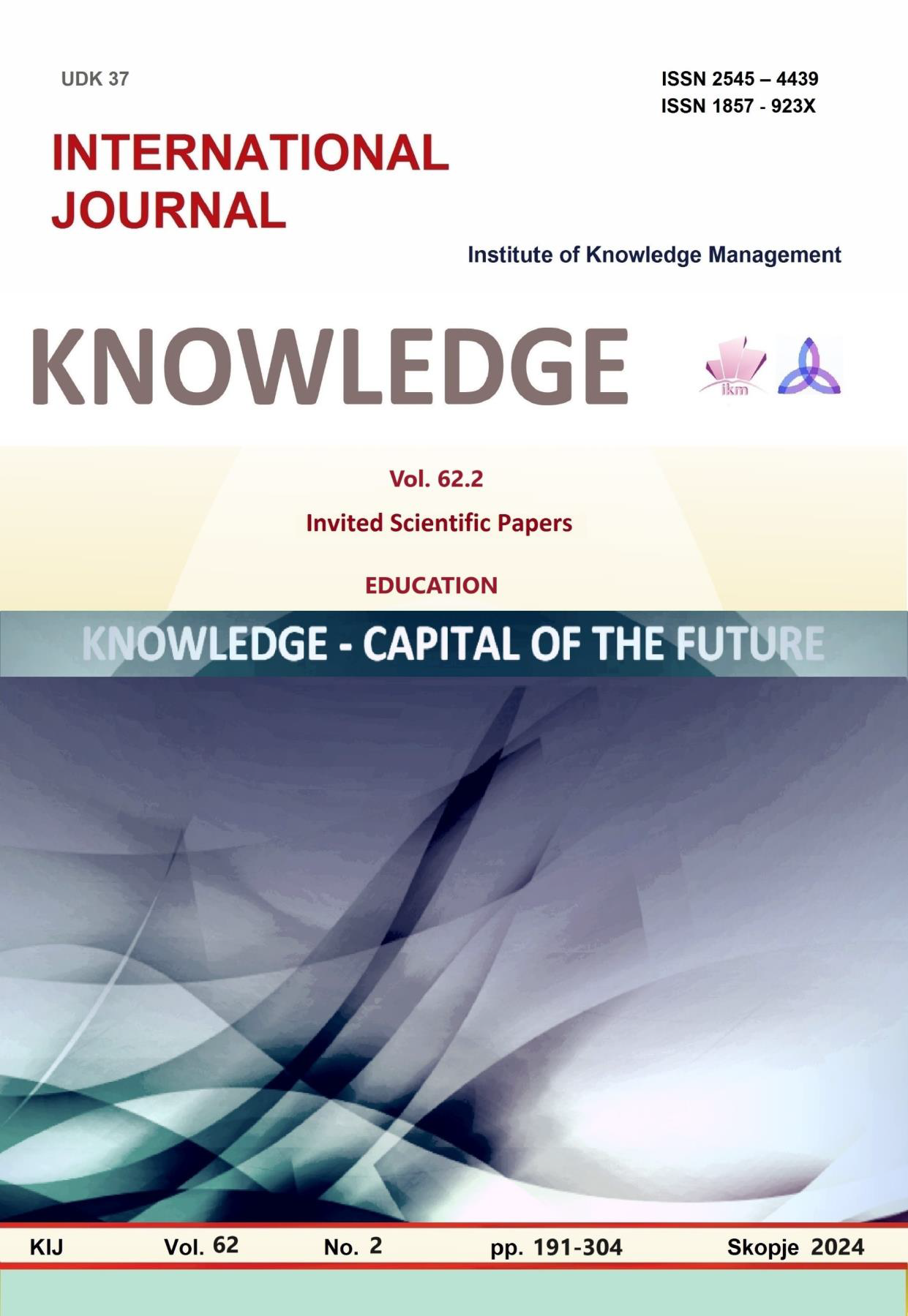TOWARDS DEVELOPMENT OF A NEW HIGHER EDUCATION INSTITUTION RANKING MODEL THAT ESTABLISHES A MEANINGFUL LINKAGE BETWEEN HIGHER EDUCATION AND ECONOMIC DEVELOPMENT
TOWARDS DEVELOPMENT OF A NEW HIGHER EDUCATION INSTITUTION RANKING MODEL THAT ESTABLISHES A MEANINGFUL LINKAGE BETWEEN HIGHER EDUCATION AND ECONOMIC DEVELOPMENT
Author(s): Marija VasilevskaSubject(s): Education, Higher Education , Socio-Economic Research
Published by: Scientific Institute of Management and Knowledge
Keywords: rankings of higher education institutions;economic development;quality of higher education
Summary/Abstract: This research examines and maps the existing correlation between the higher education ranking systems and the economic development, as a step towards development of a new ranking system. The first results from the Academic Ranking of World Universities (ARWU) from the Shanghai Jiao Tong Universities in 2003 has announced the start of the new way of measuring the quality of the higher education institutions. After ARWU, the Times Higher Education’s (THE) World University Rankings and Quacquarelli Symonds’(QS) World University Rankings has been established which nowadays makes the “big three” ranking systems. The education is settled to support the development of the society and contribute to the growth of the national and global economies. The quality of the higher education systems, as assessed by rankings, is pivotal in shaping the future labor market and meeting various benchmarks for economic development. This includes criteria established by entities such as the World Bank and the Sustainable Development Goals (SDGs). If we take into consideration the rankings who are showing the quality of the higher education institutions and start from the hypothesis that they are contributing towards higher level of economic development, that means that as high on the ranking the Universities are, as high on the scale of economic development the country from where they are coming from is. However, the literature and previous research conducted on similar topic have not yet investigate the correlations between rankings and economic development. The secondary data research followed by analysis of the indicators presented in the last round of measurement from the big three ranking systems show that despite the rankings` popularity, they have been criticized for the lack of transparency for their measurement methodologies and selective approach putting the research institutions at front. U-Map, U-Multirank, and the Berlin Principles on Ranking of Higher Education Institutions are some of the academia`s first reactions to the criticism for the limited approach offered by the rankings. In addition, a limited connection with the reasons for which the rankings are serving, and the aim of the higher education institutions have been noticed. Bearing this in mind, evaluating the interplay and correlation between rankings and economic development is highly essential. It is imperative to delve deeper into these as a fundamental step in refining the existing rankings or creating new ones. Considering the relationship between the quality of higher education systems, which molds the new generations of leaders in the labor market, economic development can be anticipated and if the rankings are measuring the effectiveness of the higher education institutions, they should provide a clear picture. The rankings should include specific indicators who will amongst the others measure the higher education institutions` influence over the development of the national economies. If the current rankings are not providing it than a new ranking model that establishes a meaningful linkage between higher education and economic development is needed. Finally, there is a literature gap about whether and how rankings relate to the countries` economic development.
Journal: Knowledge - International Journal
- Issue Year: 62/2024
- Issue No: 2
- Page Range: 205-210
- Page Count: 6
- Language: English

